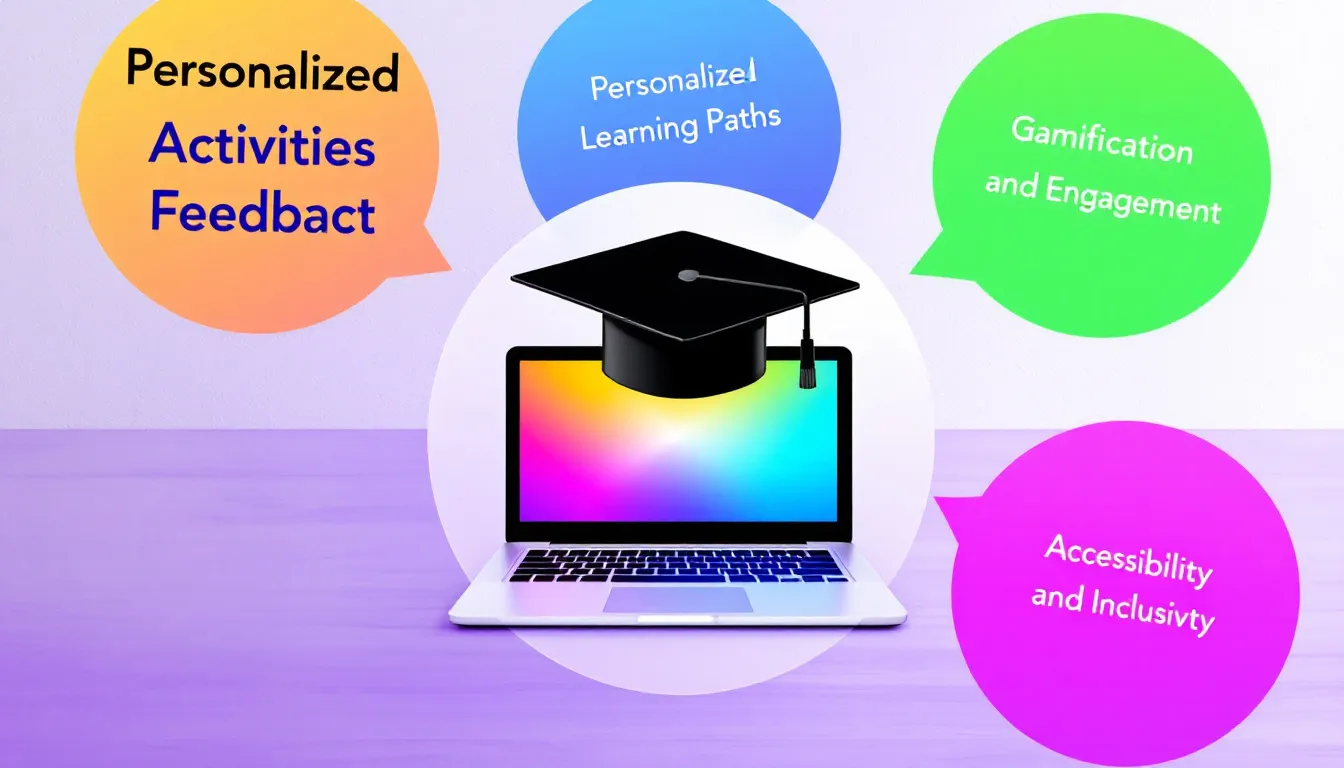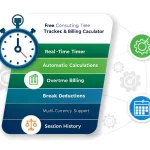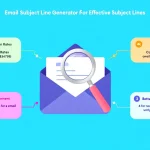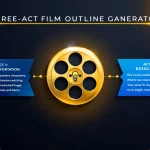Is this tool helpful?
How to Use the Virtual Classroom Activities Generator Effectively
Follow these steps to generate engaging and customized virtual classroom activities that fit your course and teaching style:
-
Course Description: Enter a brief summary of your course. For example:
- “Fundamentals of Environmental Science for College Freshmen”
- “Creative Writing Workshop for Aspiring Authors”
-
Course Objectives: List the key learning outcomes. For instance:
- “1. Identify major environmental challenges, 2. Analyze human impact on ecosystems”
- “1. Develop compelling narratives, 2. Employ literary devices effectively”
- Virtual Platform (Optional): Specify your online classroom tool, like “Cisco Webex” or “Google Classroom.”
- Course Duration (Optional): Indicate the length of your course and sessions, such as “10 weeks, 1.5 hours per class” or “5-day intensive seminar.”
- Preferred Activity Types (Optional): Mention any specific activities you’d prefer, for example “peer presentations, interactive polls, breakout debates.”
- Click the Generate Virtual Classroom Activities button to receive a curated list of activities tailored to your course details.
After generation, you can copy the activity list for use in your lesson planning and class sessions.
Virtual Classroom Activities Generator: Definition, Purpose, and Benefits
The Virtual Classroom Activities Generator is an online tool that helps instructors create interactive, hands-on activities tailored to their course subject, goals, and virtual learning environment. It enhances online teaching by producing activities designed to boost student engagement, participation, and comprehension in digital classrooms.
By entering course information, you receive a targeted list of virtual classroom tasks that align with your curriculum and accommodate your teaching style and students’ learning preferences.
Key Benefits of Using the Virtual Classroom Activities Generator
- Streamlines Lesson Planning: Generates relevant activities quickly so you can focus on teaching rather than creating content from scratch.
- Boosts Student Engagement: Suggests interactive formats like discussions, simulations, and group work that keep learners involved.
- Supports Diverse Learning Styles: Offers activities catering to visual, auditory, and kinesthetic learners.
- Encourages Critical Thinking: Includes case studies, debates, and problem-solving to deepen understanding.
- Promotes Collaboration: Suggests group exercises that build community and peer interaction within virtual spaces.
- Adapts to Your Schedule: Tailors activities to your course duration and session length for efficient use of time.
Practical Usage of the Virtual Classroom Activities Generator
Use this tool to generate activities that align with your course content, virtual platform, and preferred teaching methods. Here are some examples of how different educators might apply it:
Example Usage in Various Courses
1. Business Analytics Course
- Virtual Data Visualization Workshop using interactive dashboards.
- Group case study analysis on market trends.
- Peer feedback sessions to improve presentation skills.
2. Language Learning Class
- Breakout room conversational practice on everyday topics.
- Role-play scenarios simulating real-life interactions.
- Interactive vocabulary quizzes with instant feedback.
3. Health Sciences Training
- Simulation exercises on patient care using virtual tools.
- Collaborative anatomy labeling with shared digital whiteboards.
- Scenario-based decision-making games to apply protocols.
Maximizing Student Engagement with Custom Activities
The generator creates activities that require active student involvement, overcoming common issues like passivity in online learning. For example, it might suggest collaborative projects, live polls, or scenario-based role-plays that encourage participation and build a sense of classroom community.
Tailoring Activities to Your Course Format and Length
Whether you teach a brief workshop or a full semester course, the generator adjusts its suggestions to fit your timeline. By specifying session length and total course duration, you receive activities designed to fit smoothly within your schedule, ensuring class time remains productive and well-paced.
Frequently Asked Questions (FAQ)
Q1: Can I use this generator for any academic or professional subject?
Yes, the generator supports a wide variety of subjects by customizing activities based on the details you provide about your course.
Q2: How many activities does it generate?
Typically, it provides between 5 and 10 well-rounded activities tailored to your course objectives and description.
Q3: Can I adjust the generated activities?
Absolutely. The activities serve as a foundation you can adapt to your teaching style and specific class needs.
Q4: Do I need special tools or software to run the activities?
Most activities work on common virtual classroom platforms. Some may suggest free or accessible online tools to enhance interactivity.
Q5: How often should I use the generator?
You can use it as often as you like—new activities for each course module or to refresh your lesson plans throughout the semester.
Important Disclaimer
The calculations, results, and content provided by our tools are not guaranteed to be accurate, complete, or reliable. Users are responsible for verifying and interpreting the results. Our content and tools may contain errors, biases, or inconsistencies. Do not enter personal data, sensitive information, or personally identifiable information in our web forms or tools. Such data entry violates our terms of service and may result in unauthorized disclosure to third parties. We reserve the right to save inputs and outputs from our tools for the purposes of error debugging, bias identification, and performance improvement. External companies providing AI models used in our tools may also save and process data in accordance with their own policies. By using our tools, you consent to this data collection and processing. We reserve the right to limit the usage of our tools based on current usability factors.







